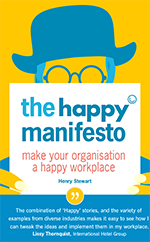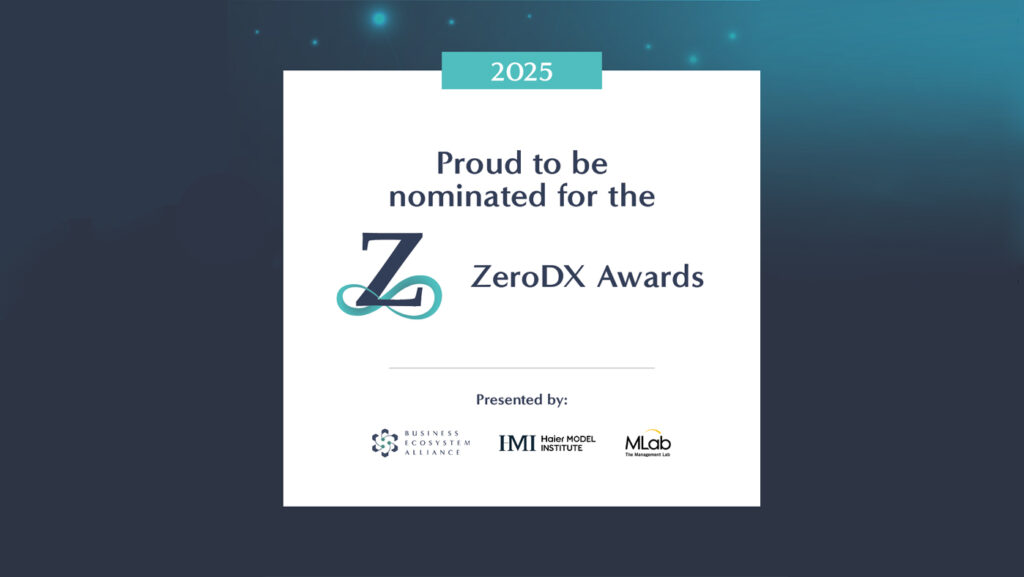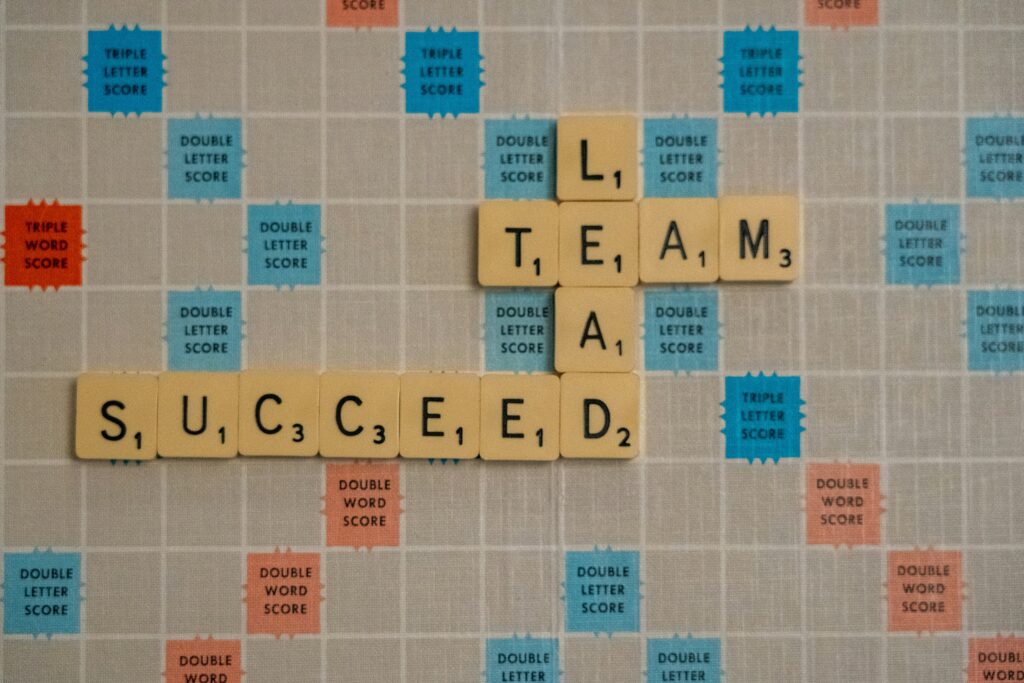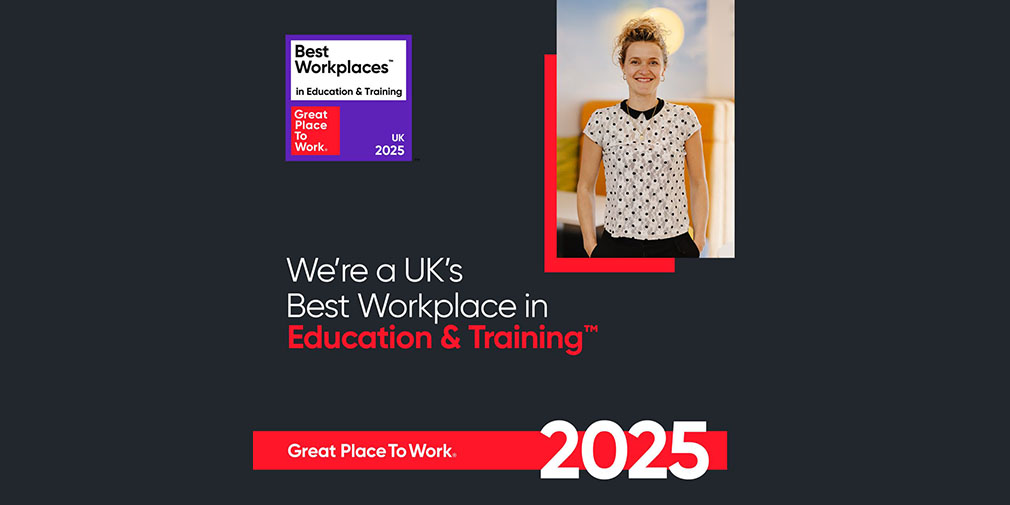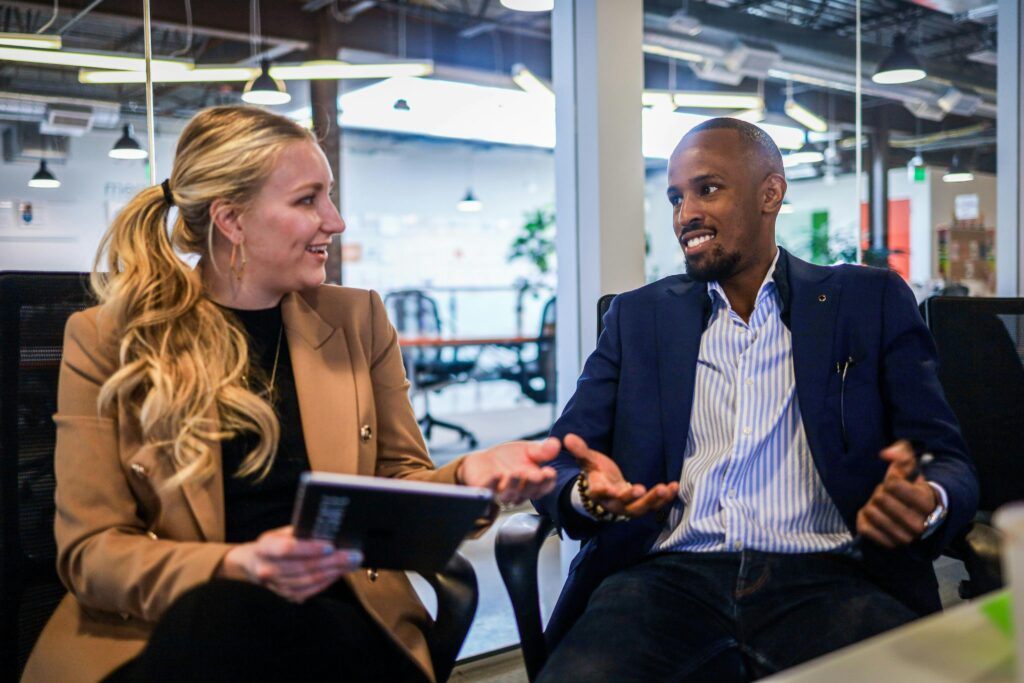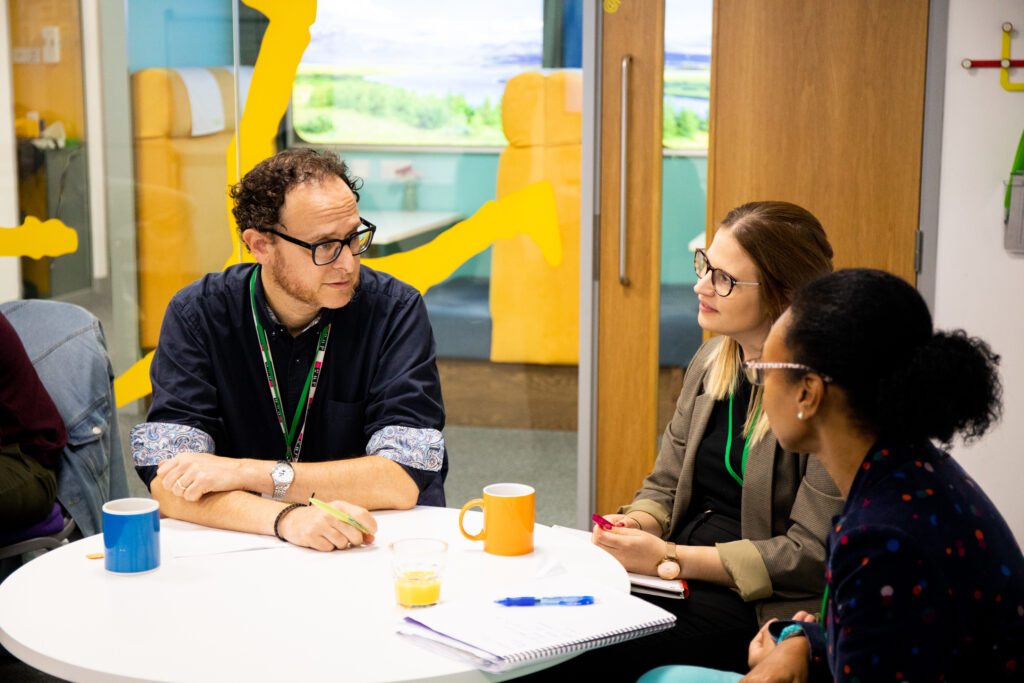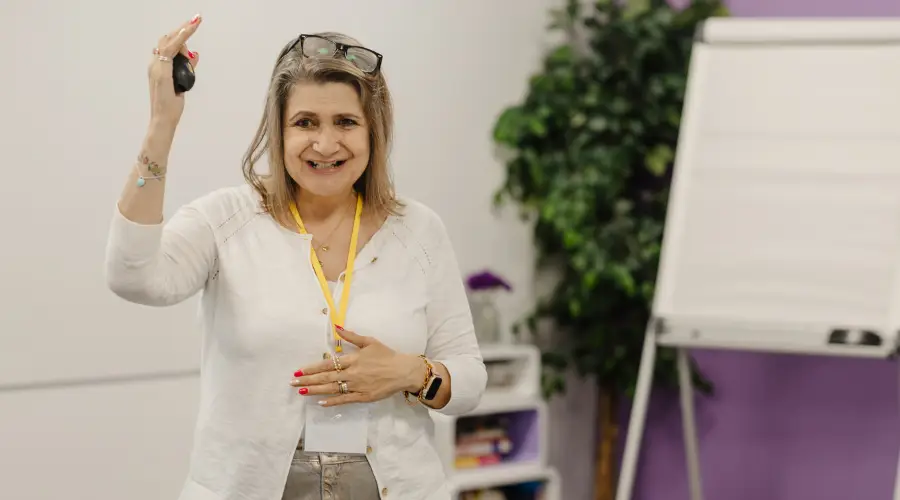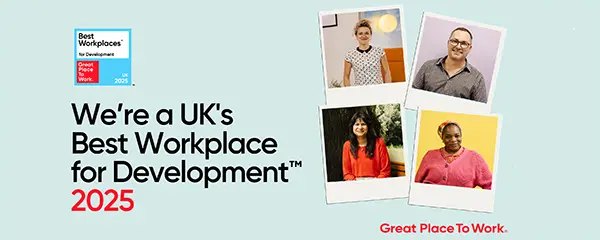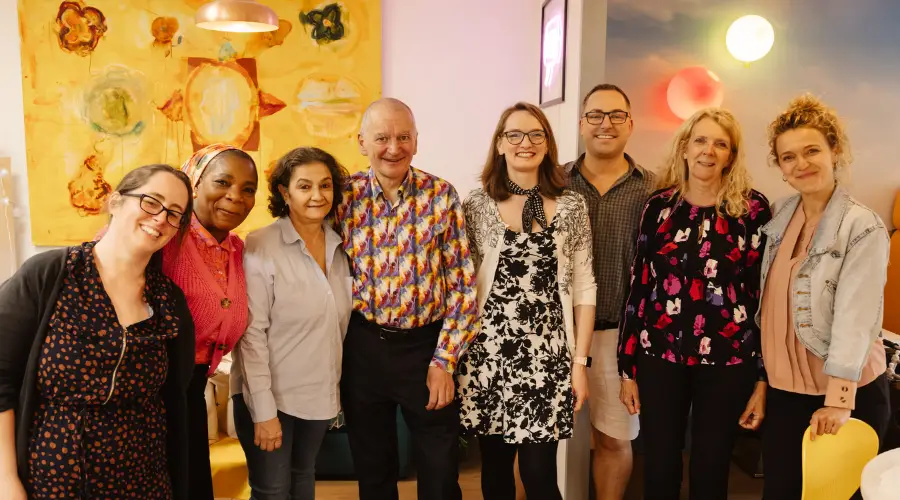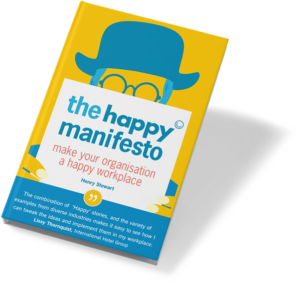Do you take time to reflect?
We all have busy work lives. But, too often we seem to be dashing around yet not always getting a lot done. It can feel like the story of the lumberjack in the woods, working with a blunt saw: When a colleague suggests it needs sharpening he responds “Don’t you see how many trees I have to cut down? I don’t have time to sharpen the saw.”
How much more could you get done if you took time to sharpen your saw? Here are some examples of how people give themselves time to reflect:
Walk in the woods with your dog: One headteacher from Hillingdon described to me how every Monday morning – in school time – she goes for a two hour walk in the woods with her dog. “In terms of the thinking I get done, it is the most productive part of my working week”.
Mindfulness: For the last year I have been spending just five minutes each morning in mindful reflection. I find giving myself that space makes a real difference to how I feel during the day that follows. Here are five large companies who believe in mindfulness, one of my most popular blogs.
Set time aside each day: At Toyota they expect, as part of continual improvement, that every person on the assembly line will come up with two improvements each month. But they don’t expect it to happen automatically on a busy production line. Each staff member is allocated 15 minutes a day to identify possible improvements. More can be read on that here.
A day a month for everybody: At GCHQ one day of every month is set aside to innovate. There are no meetings, no day-to-day tasks and email is turned off. On one project the result of the changes that resulted from this day led to a halving of costs and a 32% reduction in time to completion.
10 days a year at home: Another headteacher, this time from Gloucestershire, told me how they got their governors to agree to spending 10 days a year, during school term, at home. They would then use this time to think about how to improve processes, ways of working, or develop strategies, for the school.
Book in innovation time: One thing we learnt from doing this at Happy was that, if you want innovation and creativity, you have to set aside the time for it. It has to be booked in. So every month our key people on our leadership programmes come together for 3 hours to look at what can be improved. It means our delivery is continually changing and improving.
Break your arm: As I worked with one group of NHS leaders, many described how they had no time in their hectic schedules to reflect. Then one surgeon mentioned that, a couple of years previously, he had broken his arm. For three months he couldn’t go in the operating theatre. Instead he used the time to look at their processes and came up with new ways of working that resulted in efficiencies way beyond that three months in benefit. Don’t wait to break your arm – can you find the time?
Put people to work on improvement: A partner in a GP surgery in Exeter described how they took over an underperforming surgery. Everybody felt overworked and without any spare time to think about how to improve the service.
“So we worked out who were the most creative people, best able to come up with new approaches. And we deliberately timetabled innovation time for them, even in what felt a very hectic schedule. The core question was ‘what are GPs (our most expensive resource) doing that other people could do?”
She went on to list a dozen improvements that this had led to, resulting in less pressure and actually improving the service to patients.
Take a break in a café: Most mornings, on my cycle into work, I stop in a café for a hot chocolate. I either spend that time getting some writing done (yep, I’m in a café right now) or taking time to reflect before heading into the busy office. I often stop off on the way home too (though I do have the benefit of a short, 13 minute, commute).
End of day reflection: Or use the Harvard idea, and take 15 minutes at the end of each day to reflect. Apparently the benefit is greatest if you write rather than just think about it, and writing by hand is better than typing it into a computer (this is why leaders on our four-day Happy Workplace Leadership Programme now receive one of our Happy Planner and learning journals for planning and reflection). Try it for a week and see what happens.
